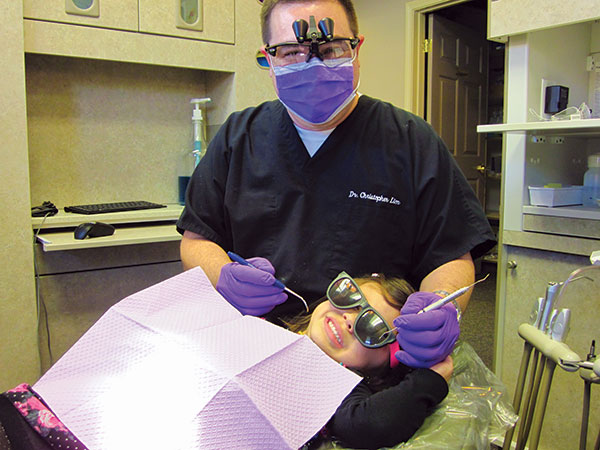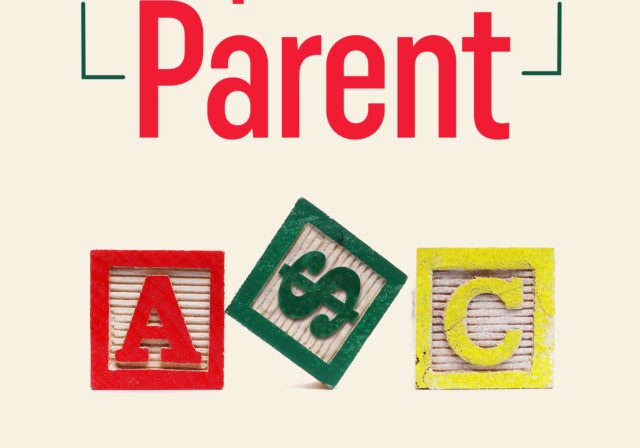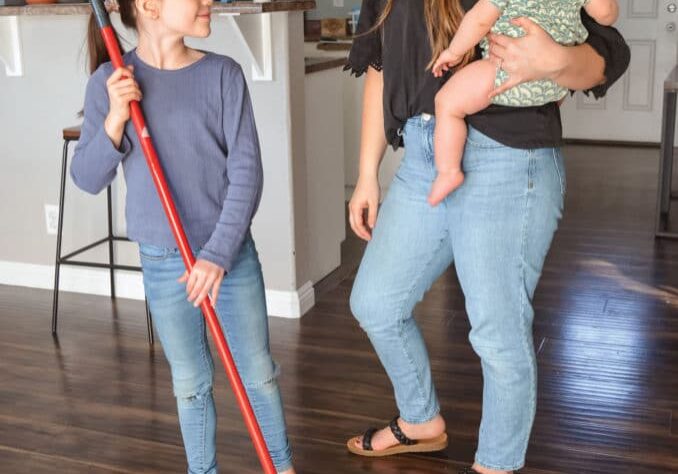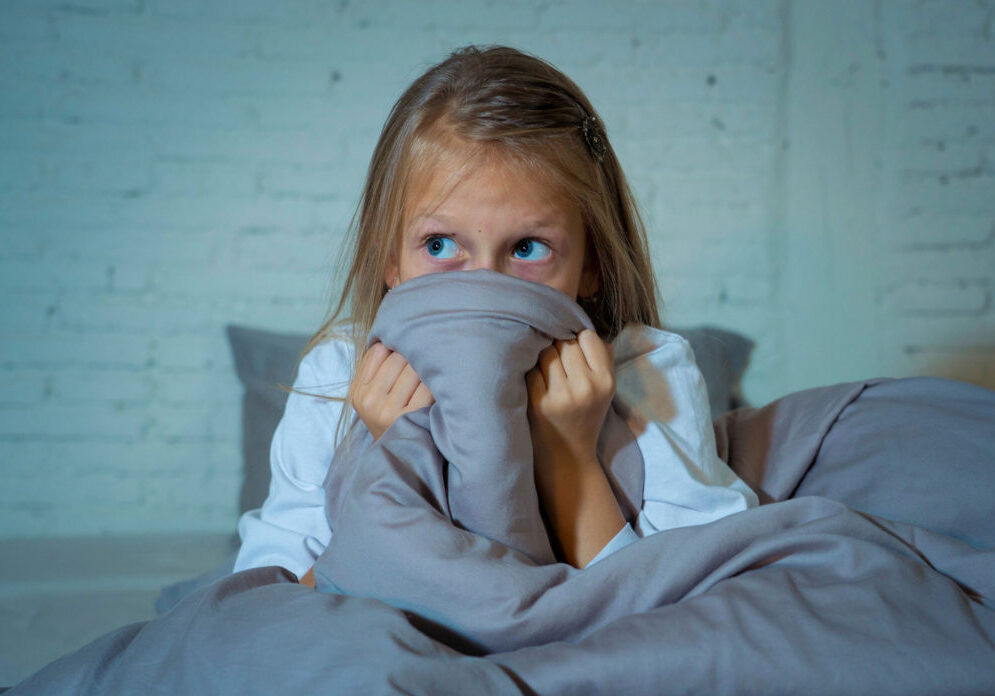 Throughout our lives we hear people say things that seem to be unwritten laws of nature, like “nothing is certain in life except death and taxes,” or “preacher’s kids are always the wildest.” A similar thing can be said about the children of a dentist and how they have more of a “sweet tooth” than the average child. I am living proof of this theory and I guess there is no hope for my daughter since both of her parents are dentists! This desire for sugar appears to come from parents; for those of us who went on to become dentists it becomes evident around holidays, when our offices seem to have more chocolates and candy (usually sent by other dental offices) than a Powell’s Sweet Shoppe.
Throughout our lives we hear people say things that seem to be unwritten laws of nature, like “nothing is certain in life except death and taxes,” or “preacher’s kids are always the wildest.” A similar thing can be said about the children of a dentist and how they have more of a “sweet tooth” than the average child. I am living proof of this theory and I guess there is no hope for my daughter since both of her parents are dentists! This desire for sugar appears to come from parents; for those of us who went on to become dentists it becomes evident around holidays, when our offices seem to have more chocolates and candy (usually sent by other dental offices) than a Powell’s Sweet Shoppe.
Let me first start by saying that in no way am I advocating that children eat or drink whatever they want. A certain level of responsibility lies with parents to help their children make good healthy choices when it comes to what they eat. That said, I will say that eating candy or drinking soda isn’t the worst thing in the world. That’s right, I am a dentist and I said it is “okay” to have treats every now and then. Is it good for your teeth? No, of course not, but the problem really lies in frequency of consumption, and lack of good oral hygiene.
The simple fact of the matter is that children today are bombarded with far more sugar-filled and processed foods than ever before in the history of mankind, and we all know that the instant your child sees that sugary cereal commercial your child will be asking you for it.
Prior to my daughter’s birth I would educate parents that children should not eat candy or drink soda ever, but since becoming the parent of a strong-willed little girl I realize that no matter what, children will find a way to eat the things that they should not be eating.
What is most important is the frequency with which children eat these sugared foods. I tell parents that if it’s a treat and not a habit, then it’s probably okay. I would not recommend filling your child’s bottle with Pepsi (yes I have seen this) and letting them drink it all day. What I mean is an occasional piece of candy is okay, rather than an hourly habit where sugar levels in the mouth and on the teeth are elevated constantly. It is these elevated sugar levels over a prolonged period of time that put teeth at the highest risk for cavities. Whatever it is, have your child eat it or drink it and get it over with, and don’t let it sit on his/her teeth!
An equally important factor in decreasing cavities is maintaining oral hygiene, both at home and at the dentist. At a minimum children and adults should be seen at the dentist’s office every six months for exams and cleanings (in some cases more frequently). Children should have their first visit when they get their first tooth in. We usually call this first visit a “Happy Visit” and it’s basically to visually inspect the teeth and educate parent on diet and oral care in the home. We also use this time to introduce the child to dentistry in a non-threatening and fun way. We “count” or “tickle” the teeth, and if permissible make their teeth movie stars by taking x-rays and putting them on television. This preliminary approach makes it much easier for children later, when they may need to an appointment involving a toothache or infection.
Most dental cavities are preventable, and although we recommend brushing twice daily (morning and night) and flossing nightly, there is no rule saying you cannot do it more frequently. Remember that the crying and tantrums you may get from your child not wanting to brush or floss, or from not allowing them to eat more candy, are nothing compared to the crying that you will hear when they have a toothache. So cut down on the sugar, keep up the good oral hygiene at home, and see your dentist regularly!
Posted in: Health & Nutrition
Comment Policy: All viewpoints are welcome, but comments should remain relevant. Personal attacks, profanity, and aggressive behavior are not allowed. No spam, advertising, or promoting of products/services. Please, only use your real name and limit the amount of links submitted in your comment.
You Might Also Like...

Reducing Plastic Pollution in the North State
Bottle refill station for famous Mt. Shasta water In October, Mt. Shasta’s Parker Plaza will be home to a new drinking fountain and water bottle refill station. Community members and […]

Busting a Myth About Work/Life Balance
Whether you’re still in Startup phase, or slogging through Grind phase, you’re pushing hard and going uphill. You truly understand the nature of the phrase “a Sisyphean task.” And because […]

The Joy of Decluttering
Spring and summer are the ideal times to go through the house with decluttering and sprucing up the space in mind. As warmer weather brings more people outside, consider hosting […]

Understanding Postpartum Depression Enhances Your Pregnancy Education, Expectations, and Empowerment
There are many exciting, and even exhausting, aspects of pregnancy, birth and postnatal care you can expect when expecting. Eating healthy and for two during pregnancy. Setting up the nursery. […]



